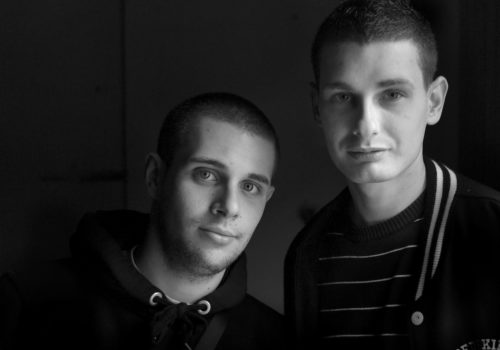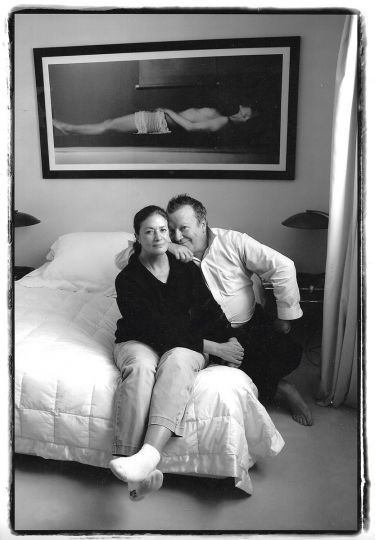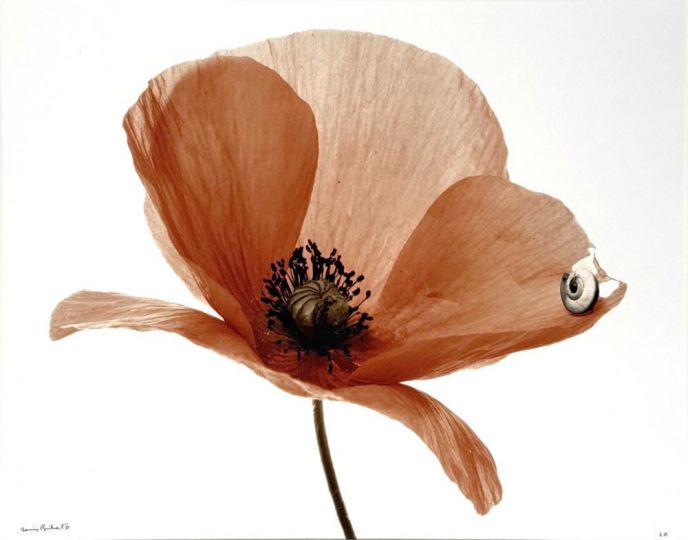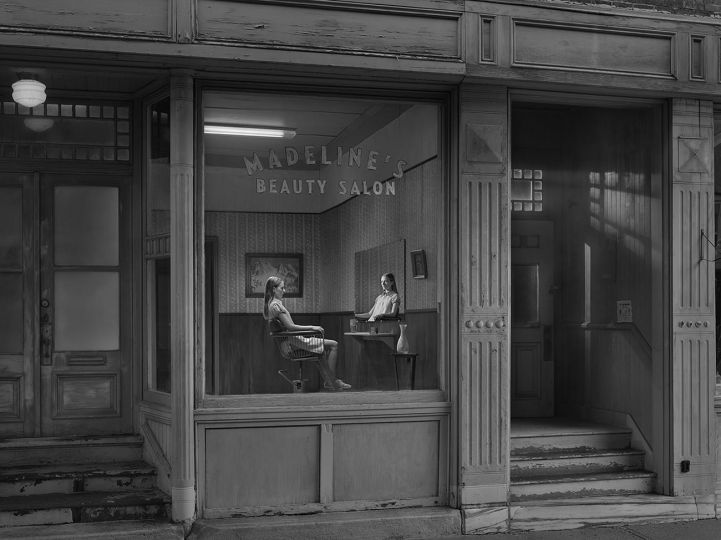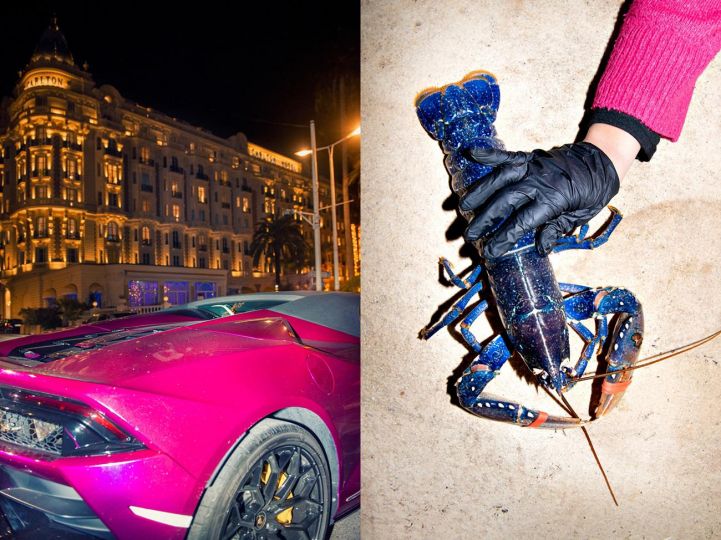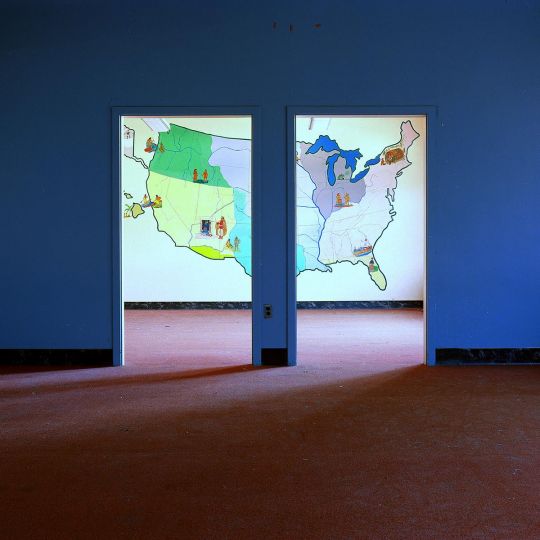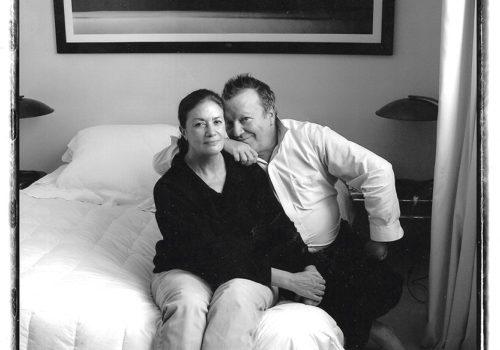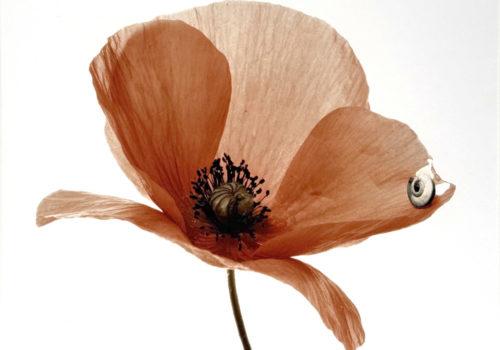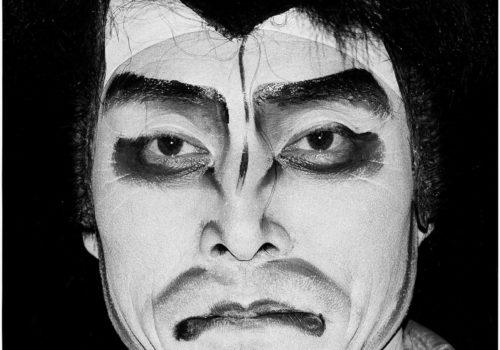PERPIGNAN DIARY: DAY TWO
I awoke on stage today as I was being interviewed by journalist Caroline Laurent of Elle, her questions incisive, informed and challenging, as we discussed my work. Caroline is leading photographers in conversation similar to the book shows I’ve seen on late night Paris TV, which I love. This was tremendous fun and the audience seemed receptive. Silicon Valley questions aside, I received two from young photographers about how to get started and make a living. Hmmm, tough question. I think each of us has to find our own new path. For me, it is a question of finding the new Medicis who support projects with sponsorships or grants. And selling prints is an option. For some, it is shooting weddings, teaching workshops or a different day job.
Yesterday, I mentioned I will be looking for new ideas on this subject here at Visa- what is the new model for photographers to make a living? The question about the viability of photojournalism is settled completely of course. As Aidan Sullivan said, over wine and excellent barbque he and his team were graciously sharing in the backyard of the rented Getty crew house, from the original cave painters to the photo essayists of LIFE in its heyday, to the young photojournalists today, there has always been and always will be stories and storytellers he said. And how their work is gathered and transmitted is irrelevant. We can agree humans need photojournalism to understand their world. So the question that remains is simply economic.
A clue to one new model might just be a sign the pendulum is swinging back in some ways to the old model. Speaking only briefly with Philippe Deblauwe of Picturetank, I heard him describe their model as a collective of mostly young photographers and agencies banding together to support each other, sharing resources and information. They then license their images for publication, either print or online, and to me this is the key. This means the images continue to have intrinsic value and that despite digital disruptions and lower pricing today, there will be a return to fair market values for photographs at some point. This might take some time, and require a winnowing out of the masses of shooters until only the most dedicated are left standing.
Martin Amis’s book “The Pregnant Widow” opens with a quote from Alexander Herzen which basically describes our situation as a “long night of chaos and desolation” which will pass. The old model died and left not an heir but a pregnant widow and so we are in this hellish place waiting for the new model to be born. Actually not so hellish, but full of opportunity and interesting ideas I think.
Meanwhile, for inspiration I went to see Sebastián Liste’s exhibit “Urban Quilombo” about squatter families in Salvador, Brazil, who built a community in a deserted factory and tried to bring a semblance of order, shared values and stability to their lives. Despite stark poverty, drugs, prostitution and violence, in the photographs are solid markers that some success was achieved before the factory was recently destroyed and the families expelled. I was deeply moved by the moments he caught, framed within classic compositions. Cartier Bresson said something like it’s not enough to capture the moment, you have to frame this within a pleasing graphic design. Liste does this exactly, although his method is first to think and act as a person living within the community. He studied sociology and began the project as a student and the work reflects the level of trust afforded him. I take the intimacy of the images as related directly to the amount of time he spent among the community. In fact, I felt these photographs were like the tip of an iceberg to what was seen and experienced by the photographer. I think we all know how much goes by us compared to what we are able to capture. In stories like this, I always wonder where the line is between telling a story that can communicate the experience of one group to another group, the audience, and exploiting our subjects. Sometimes we sacrifice our subjects privacy for the greater good. But in this case I feel the photographer was one of the subjects. He immersed himself so completely that he is in fact sharing with us his own family album. It looks like the beginning of a strong, sustainable career.
That to me is the ultimate, building a creatively challenging life over the long term. ¡Viva photojournalism!
More tomorrow…
Doug Menuez

